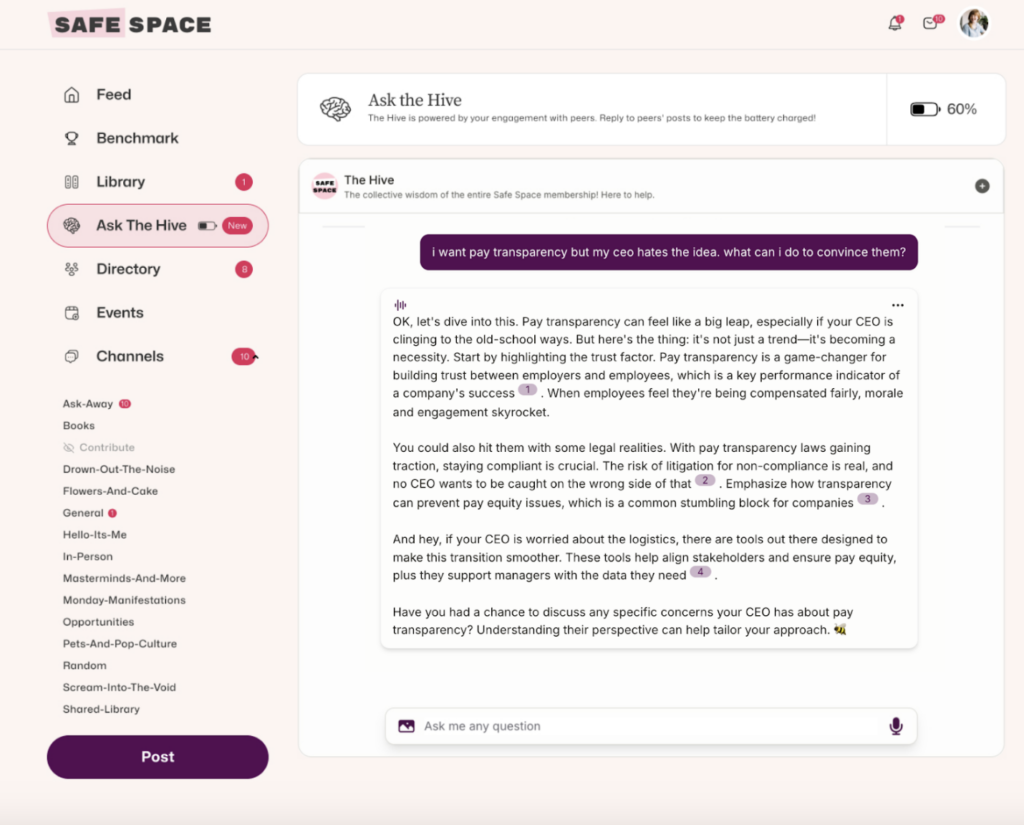This quarter I dove into why employees want to leave.
I wrote about 3 main reasons why:
- Lack of growth
- Compensation concerns
- Toxic environments
If you’re working on retention at your organization – this is your playbook for what to consider.
Growth:
If you’re consistently hearing from employees that they are leaving because of lack of growth opportunities, you’re not alone!
There are a few things you can do:
- Identify your gaps
- Work on career paths
- Invest in more training & development
- Build a job rotation program
- Implement succession planning (this is a gamechanger and not enough folks do it!!)
- Develop internal mobility
- Build mentorship programs
- Create Individual Development Plans (IDPs)
📚Additional reading:
Compensation:
Compensation may be the biggest reason I hear for employees leaving. And truthfully, I can’t blame them!
Money is needed to live… so when someone is presented with the opportunity to earn more they may say, see you later.
If you’re looking to avoid being in that situation where you talent is constantly leaving and citing compensation, here are a few things you can do:
- Review your compensation data
- Benchmark against competitors in your industry
- Conduct regular salary reviews
- Ensure your open roles are not compensation differently and creating pay compression
- Increase transparency around your compensation philosophies
- Invest in a compensation tool
- Look at your benefits package
📚Additional reading:
- Compensation mistakes I’ve made
- How to answer questions about compensation
- Your guide to writing a compensation philosophy
- Exceptions hurt your compensation strategy
Environment:
Reality check: most people I know have had an encounter with a toxic environment.
Working in a toxic environment can be harmful for your physical and mental health and having lasting impacts on someone!
And as HR when we’re often dealing with toxic environments while we are trying to fix the environment.
Woof.
But the last set of readings in your retention playbook will help you get to the bottom of a toxic environment and hopefully help you change it for the better!
📚Additional reading:
JOIN 150K+ HR LEADERS
Get insights, learnings, and advice on how to build companies and cultures that people actually love.
No spam. Unsubscribe any time.
- Toxic red flags to be on the lookout for
- What does it take for a leader to realize they are toxic
- The feedback <> retention connection
- Putting feedback into action
Last note: some environments won’t change. It can be a hard realization to come to but I’m here to remind you to take care of yourself. Don’t push yourself to the edge trying to fix something that might be unfixable…
Coming up:
When one quarter ends, another one starts right away.
NO REST FOR US!!!!!
This next quarter I’m tackling something complicated, emotional and inconsistent.
No, not a whole quarter dedicated to your CEO. LOL.
I’m digging into relationships at work.
Things like:
Why are relationships so tricky to get right?
What conflicts arise regularly at work?
Should we date our coworkers?
What about employees fighting during an election year?
Maybe I’ll even cover how to win over that one dissenting leader who annoys the living crap outta you.
Have suggestions? You know what to do- hit reply and tell me!


